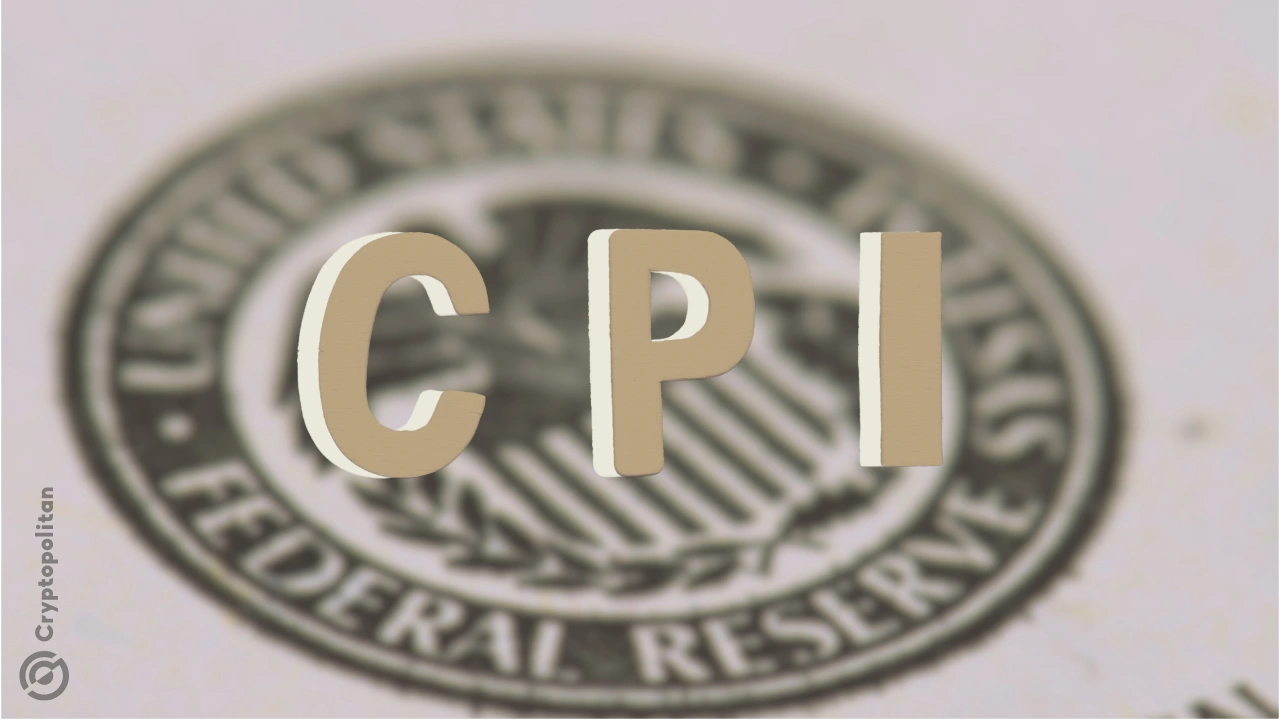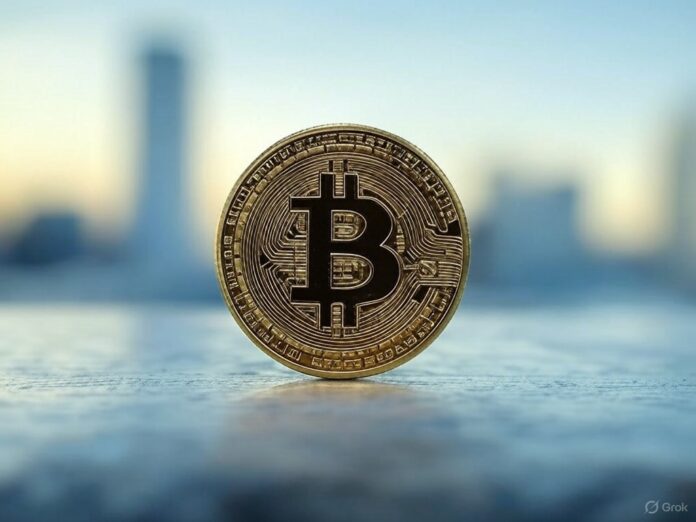Inflation just dropped below 3% for the first time in four years. That’s straight from the Bureau of Labor Statistics, and it hit the wires Thursday as Donald Trump geared up to launch a new wave of tariffs on U.S. trade partners.
March numbers came in cooler than anyone expected. Price growth didn’t just slow down—it straight up slipped. The consumer price index, which tracks how much everyday stuff costs, went down 0.1% in March after adjusting for seasonality.
That 0.1% drop pulled the 12-month inflation rate to 2.4%. It’s a sharp shift, and it means things aren’t getting more expensive as fast as they were. But let’s not pretend everything’s cheap now. Certain prices are still climbing, just not enough to stop the overall rate from dropping.
Inflation outlook: Gas and shelter prices shift as food costs climb
Energy costs took the biggest hit. Gasoline prices fell hard—down 6.3% in March. That drop played a big role in the 2.4% overall fall in the energy index. Cheaper gas gave the inflation data room to breathe.
That’s how the headline number dropped even while other things like food kept going up. Monthly food prices rose 0.4%. Eggs led that jump, again. They went up 5.9% in just one month. Compared to last year, egg prices are still insane—up 60.4% from March 2024.
Shelter prices didn’t fall, but they didn’t rise much either. Rent, mortgage, and housing-related costs rose just 0.2% in March. That’s one of the smallest increases we’ve seen from shelter, which usually doesn’t move much unless something big is happening. Over the last year, shelter prices are still up 4%, but that’s a smaller hit than most months in the past few years.
Now look at cars. Used vehicle prices dropped 0.7%. New car prices barely moved—they were up just 0.1%. All of this happened before the expected hit from Trump’s tariffs. Once those kick in, the auto market could shift fast. For now, it’s calm before the storm.
The core inflation rate tells a slightly different story. That’s the one that strips out food and energy prices. It’s useful because food and fuel tend to bounce all over the place. In March, core inflation only went up 0.1%. On a yearly basis, core prices rose 2.8%. That’s the lowest year-over-year increase since March 2021.
That’s a big deal. Core prices usually don’t drop fast, especially when food and fuel are swinging up and down. So a 2.8% rate shows that even the sticky stuff—like rent and medical costs—isn’t rising as fast as it used to.
Cryptopolitan Academy: Coming Soon - A New Way to Earn Passive Income with DeFi in 2025. Learn More
















No comments yet